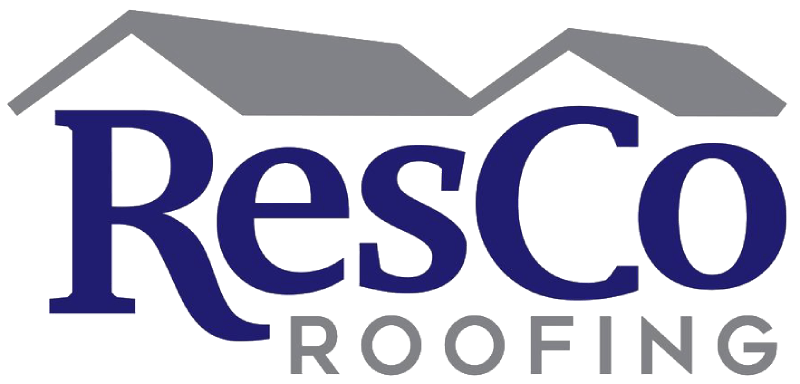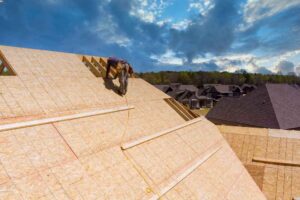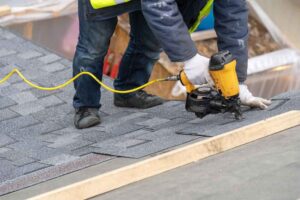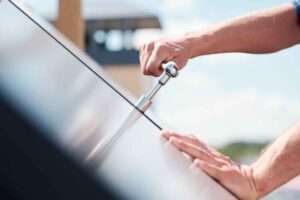Metal roofs are prone to dents caused by large objects, falling debris, and extreme winds. Roofing contractors often fill and patch holes in metal sheets or panels to prevent leaks. Special sealing tape can be applied to the edges of your roof to stop leaking. Homeowners insurance usually covers this metal roof repair.
Cracked Roofs
If you notice shingle edges curling up or tabs are lifting, it’s time to start looking for cracks. These are often caused by normal wear and tear, but extreme temperatures and weather can also lead to roof damage.
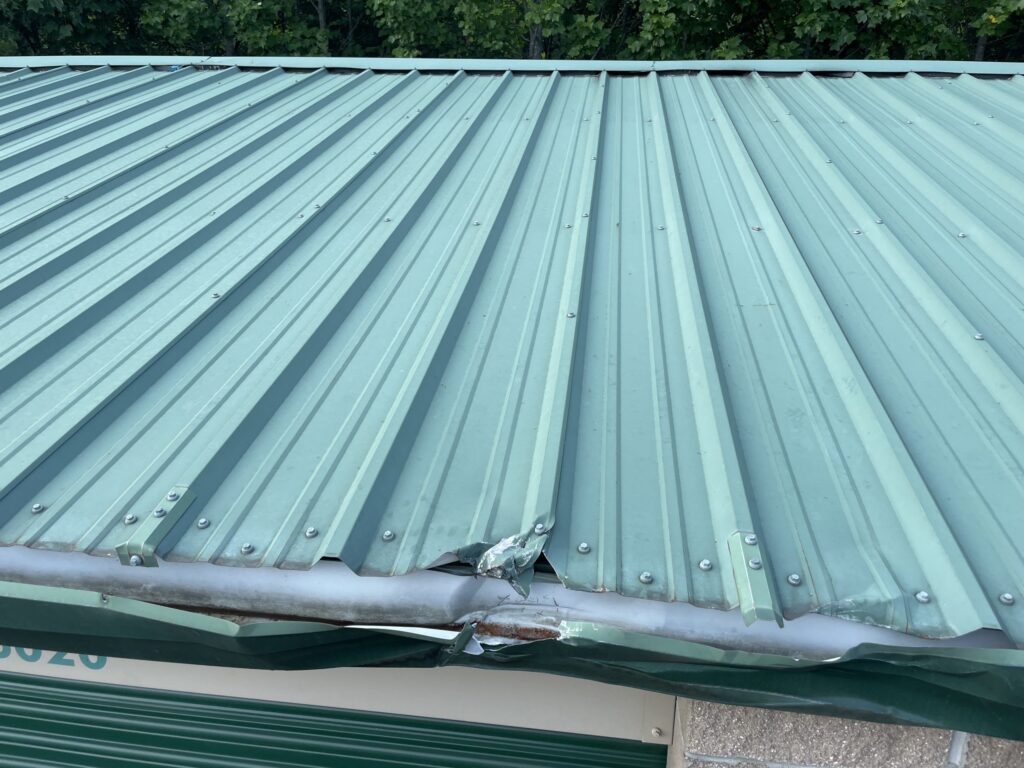
Leaks are more common around valleys, which are where two planes of the roof meet. If the slopes aren’t properly sealed, rainwater can collect there and make its way into your home through the ceiling.
Look for cracked housings on plastic roof vents and broken seams on metal ones. Check the vent boot for rotted away or torn bases too. If you find any nails sticking up on the underside of your roof, inspect them on a cold night. If they are frosted, you may have some moisture trapped in the attic that condensed on them during the day. These are called “shiners.” To fix this, cut out the shiner and fill the area with roofing cement.
Holes
Metal roofs are a wonderful asset to any home. They’re rugged, durable and energy efficient compared to traditional asphalt roofing panels. However, like most materials that are constantly exposed to the elements – even metal roofs require maintenance and repair. Whether from an unforeseen accident like a branch falling on the roof, or from deterioration and rust – holes in your roof are not a good thing.
To fix holes in a metal roof, you’ll need to clean the area thoroughly and scuff it up so the products used to patch will adhere. You should also ensure that the patch you cut is larger than the hole – it should extend about two inches past each side.
Dents
Although metal roofs are relatively resistant to hail damage, it is not immune to minor dents or scratches. These blemishes can compromise the functionality of a roof but are typically not covered by home insurance policies unless they are caused by a direct impact from a storm.
Replacing a metal roof with a dented panel is not easy and requires specialized tools that the average do-it-yourselfer may not have available. First, the surface must be cleaned thoroughly with a scrubbing cleanser and then lightly sanded with a sander or sandpaper to prepare it for patching.
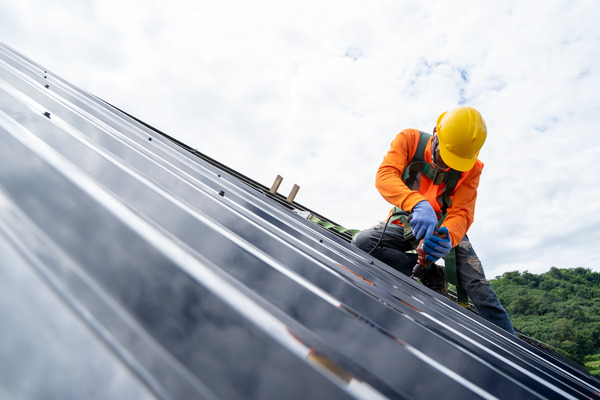
It is also important to note that the type of body filler used must be compatible with metal roofing. If the wrong material is used, it could lead to rust. Finally, it is often a good idea to have a qualified metallurgist examine the damaged area in order to prove that it has been compromised by a hail impact. This level of proof is necessary to win an insurance company dispute.
Fasteners Backing Out
Over time screws can loosen and back out of their seated position. This can be due to poor installation or thermal expansion and contraction of metal panels. It can also be caused by severe weather events such as wind or snow that put stress on the roof system.
When a screw backs out it creates an opening for water to enter the structure. This can lead to rust and other problems that require repair or roof replacement. To prevent this it is recommended that you inspect the roof for loose screws and use a quality sealant to fix them.
